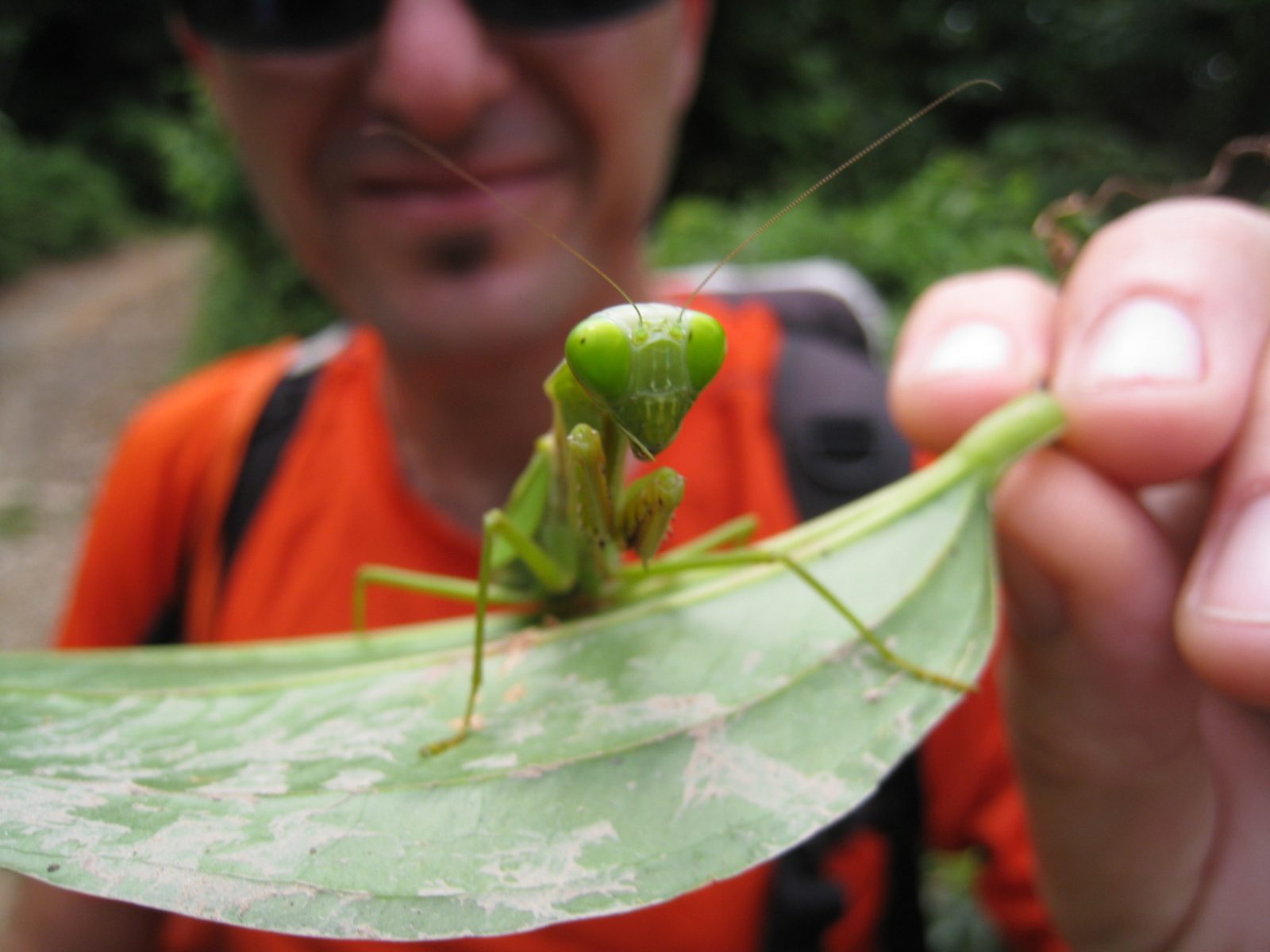
Borneo: Health and Comfort
BORNEO HEALTH AND COMFORT
It is important to consider health on a trip into the jungle, in particular, the effects of heat and humidity on the body. Remember to bring supplies of rehydration electrolytes. Altitude is not a big problem for this expedition since the elevation is not so high and there is plenty of time in the programme to acclimatise.
BEFORE YOU GO
Make sure you have visited your GP to discuss any innoculations you may need; although there are no medical requirements to enter Malaysia, such as yellow fever, it is important to be well protected against the usual conditions such as tetanus. You will also need to bring a supply of malaria tablets, and your GP can recommend which brand is the most suitable for this area. If in doubt contact a specialised travel clinic. Further information is also available via our account with Interhealth and from the NHS.
FIRST AID KIT FOR BORNEO TRAVEL
Your trip leader will carry a first aid kit, but it is also important to have your own supplies of basics such as bandages, plasters and headache tablets. Also recommended are medications for heat rash, which is a common affliction during a trip into the jungle. It is important to wash regularly and keep clean, but inevitably much of the time is spent sweating and coping with continual dampness on the body. Keeping your feet in good condition is absolutely vital, especially if you get a blister. There are plenty of opportunities to swim in rivers and cool off, and in the evenings on the mountains, it will be cool enough to warrant a fleece, but a small towel or headband is a good idea to wipe yourself when walking.
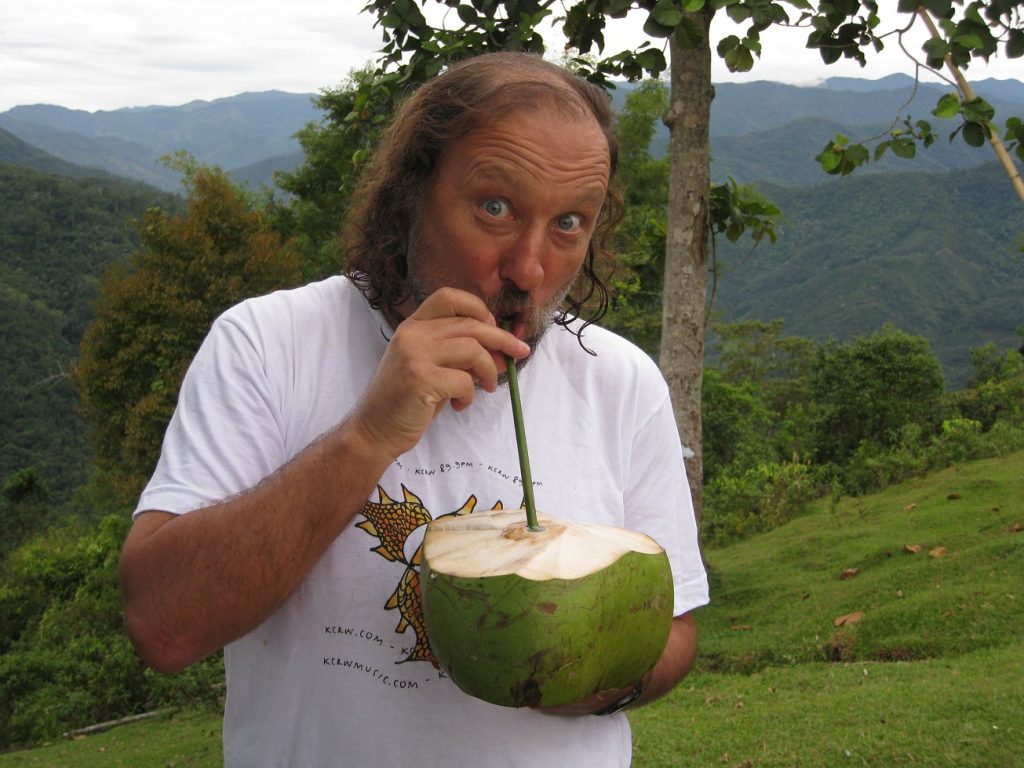
JUNGLE CLIMATE AND IT’S AFFECT ON YOUR WELL-BEING
Feeling rundown because of the heat and humidity is by far the most common condition faced by people trekking into the jungle, and it is best tackled by drinking lots of water and taking it easy. It is very much a case of working with the environment, rather than against it. Of more serious concern is dehydration. The humidity can at times be unbearable especially in the lowlands, and a strict policy of rehydration should be implemented from the moment of arrival. On trek there will be plenty of rest stops along the way and you should always make sure you have potable water on you at all times – there are no excuses for running out. Your leader or local guide will inform if it is necessary to fill up at any given point. Be mindful that if using sterilisation tablets or iodine this takes approximately 20 minutes to be ready. Make sure you start each day with at least half a litre of water upon waking up – this really does make a difference especially if the first trek of the day is uphill. Make the most of re-hydration salts and use them generously.
FOOD AND DRINK SAFETY
In terms of food, there is little to worry about in Borneo. Standards of food hygiene are high compared to other parts of the developing world. Of course, the usual protocol of washing hands should be adhered to and when in camp a well-tested regime of personal food handling and hygiene will be implemented. Any small discomfort is usually the result of a change of diet and nothing more – there is no need to rush to the Imodium unless the symptoms persist, at which point you should tell our leaders as you may need the cause to be treated.
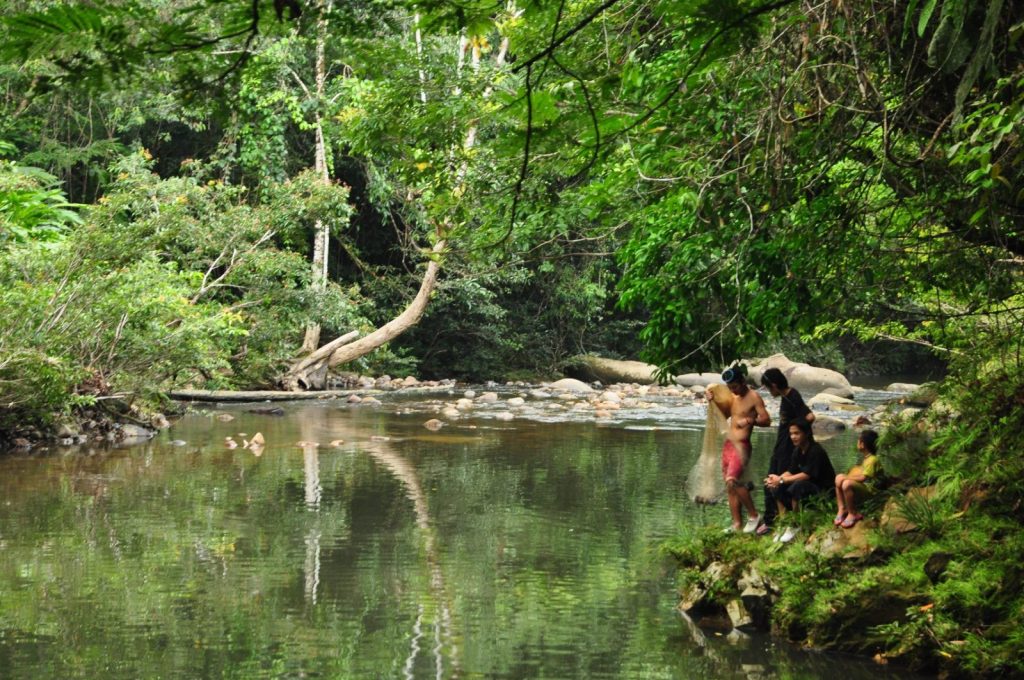
MALARIA AND OTHER DISEASE IN BORNEO
Malaria is now rare in Malaysian Borneo thanks to a successful policy of eradication but some of the trips do visit the remote interior where some strange fevers do still exist. You should consult your doctor before departure and obtain the recommended prophylaxis and other suggested vaccinations. Of more common concern is Dengue Fever, to which presently there is no known cure. Dengue is a town or city based illness spread by a daytime female mosquito. As always the best treatment is prevention so whenever possible wear long sleeves and trousers especially around dawn and dusk. If you are feeling unwell at any time on your trip please inform your leader and upon returning home do not ignore flu-like symptoms if you should get them for up to a year – consult your doctor immediately.
The forests of Borneo are of considered the most bio-diverse in the world and as such are home to an astonishing collection of flora and fauna. Most of this is benign but of course, some are some nasties to watch out for. These include snakes, millipedes that sting, bees, fire ants, scorpions, itchy caterpillars and of course mosquitoes and leeches. In addition, there are a number of plants that will give you an incredibly painful rash should you brush against their leaves or bark – a good reason to always try and look before grabbing hold of a tree!
LEECHES IN THE TROPICAL RAINFOREST
One of the issues of travelling in the rainforest is dealing with leeches. In Malaysia, generally there are three types; the dark brown ground based common leech, the green-reddish tiger leech which hangs under leaves, and the Kinabalu giant red leech.
Leeches in the rainforest are blood-thirsty. As you make your way in the wet rainforest trail, you will realise how they are just about everywhere, quivering in all directions. They have heat-seeking sensors that are very sensitive to human body heat. If you are standing still for a rest, you are likely to find them dropping from the overhanging leaves or attaching themselves to your body.
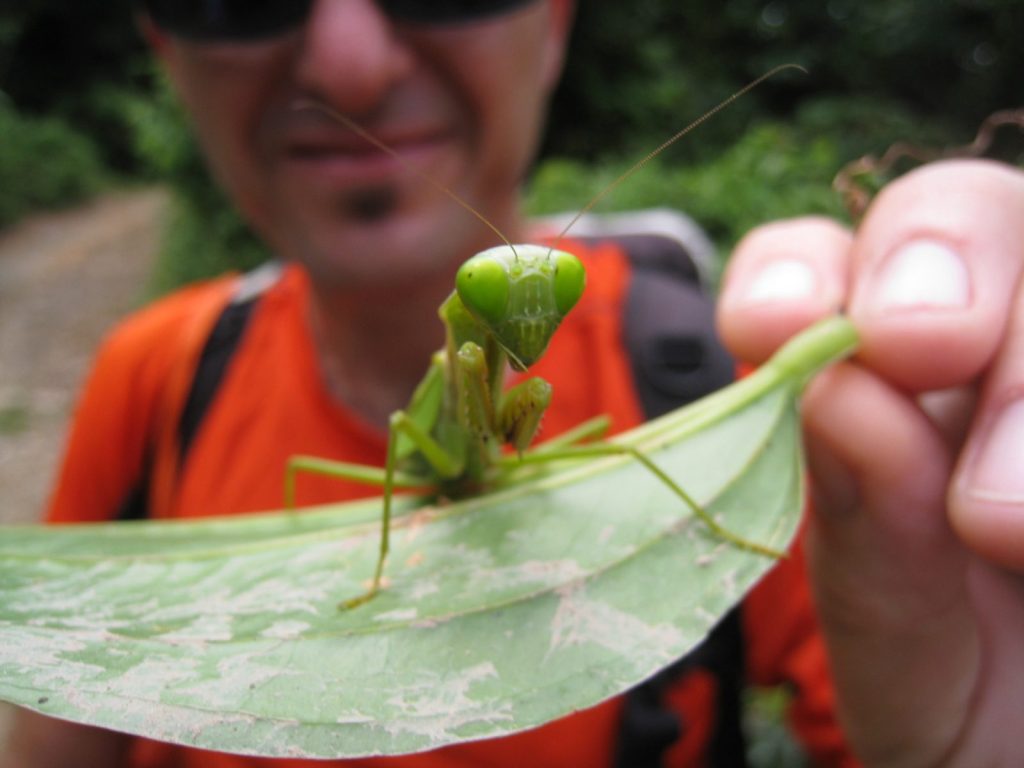
Leeches will crawl into places of maximum warmth before biting. The ankles are the most common places for bites since the leeches generally are quite low when you pick them up, and they can also bite through the loose weave sock material. Leeches are inchworm-sized creatures that stay on low lying bushes and the forest floor waiting for unsuspecting warm-blooded creatures to pass by. They then latch on for a meal of blood, letting go when they are fully engorged.
WHAT IS A LEECH?
There are two types of leeches – neither of which is poisonous or carry disease. You cannot feel when brown leeches bite as they inject a kind of anaesthetic when they attach. The tiger leech has a small bite that you can feel. Both inject an anti-coagulant, so the blood continues to flow for some time after the leech drops off. Unlike the old wives tale, you can pull leeches off in mid-feed in a panic, although it is easier to nonchalantly roll it around until it lets go and then flick it off.
Leeches are responsive to light and mechanical stimuli. First, they can detect movement. So if you brush against a tree and tread heavily they will feel, rather than hear, you coming. Secondly, they can detect you by your body temperature. They have heat receptors. Leeches easily dry out and go into a torpid state if they do. But add water and they will rapidly spring into action.
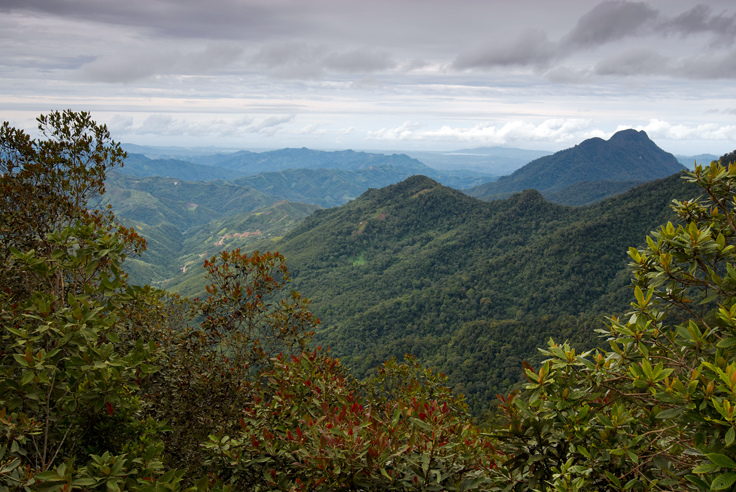
Leeches attach to their hosts and remain there until they become full, at which point they fall off to digest. Leeches’ bodies are composed of 34 segments. They all have a ventral sucker formed from the last six segments of their body, which is used to connect to a host for feeding. They use a combination of mucus and suction (caused by concentric muscles in those six segments) to stay attached.
TO COUNTER THE LEECH PROBLEM:
If you find a leech attached to your body the first thing to do is don’t panic! The only thing a leech does is steal a tiny bit of your blood, look revolting and make a bit of a bloody mess. You can simply wait till it drops off, thereby avoiding touching the slimy thing. After all, once it is attached it makes no difference when you remove it. You can just physically pull it off but then it may leave its mouthparts embedded in the skin potentially leading to infection. (Although this can happen anyway.) Lastly, you can resort to chemical means – anything that the leech won’t like such as vinegar, lemon juice, salt or tiger balm (a type of ointment).
Over the years and after many bites some people develop a bit of a reaction to leech bites and the itching can drive you crazy. Also, the potential for infection should not be underestimated; this can be a real problem in the tropics especially as most bites will occur around the ankle area where shoes and socks tend to rub. Leech proof socks are the best way of denying access to your bare skin. (Most leeches can easily tunnel through the weave of your socks.)
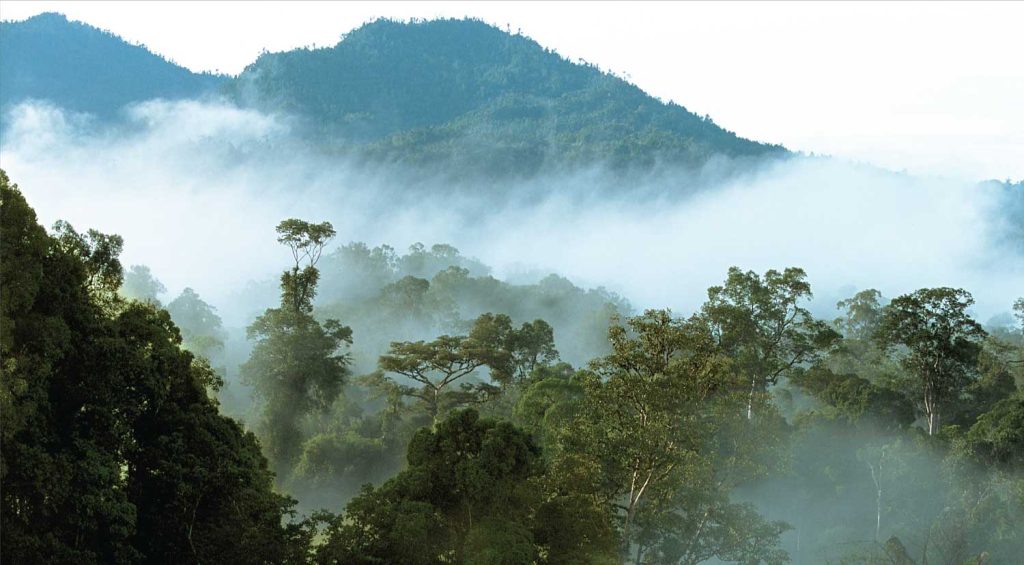
The best answer to landed leeches problem is to wear anti-leech-socks: A self-made sock of tightly woven and stitched cotton or other fabric would do if the sock is long enough to get to just under your knees and held by a strap. Leeches will almost always try to find the shortest way to a place that is body-warm and therefore get trapped between your leech sock and your boot. If they are really a pest you can improve this by a ring of insect repellent around your leech proof socks just above the place where they might enter your boot. Of course, the socks won’t make you 100% immune to the problem as the leeches will also climb on to you from overhanging vegetation and can attack you around the waist or the neck as well, but this extra protection will get rid most of the leech from the ground.
For more information regarding kit lists for Borneo, check out our Borneo kit list guide.
BORNEO RESCUE
First aid and initial support can be provided immediately on the ground by staff. There are medical clinic facilities available at small settlements such as Long Banga, Long San and Long Akah, plus an excellent hospital in Miri for our trips which visit the Penan tribe. In Sabah, there are excellent facilities in Kota Kinabalu. All rescues and emergencies will be medi-vaced by helicopter or the most available form of transport to either hospital in Miri or Kota Kinabalu.
The only two methods of travel and transport in the jungle are on foot, by boat, by helicopter and by 4×4. Obviously certain medical conditions are either so debilitating or urgent that the first option is not practicable as an evacuation method. Helicopter evacuation is dependent on favourable weather conditions and a suitable landing site. We have contacts at the helicopter companies and in the case of a medical emergency, we will coordinate an efficient rescue. Communication is by telephone, there is some signal in the forest villages, but clearly, this area is not within immediate contact of a hospital and any emergency would take time-based on the helicopter timing and ability to land safely.
The helicopter company will require payment before they fly which is normally with a credit card. You should contact your insurance provider, open a case number and arrange the relevant exchanges of information and certification. For this purpose, it is essential that you have the right policy and provide us with all the policy details. You should also carry your policy with you and also have your credit card with you to use initially to pay for a service which can then be recovered through your insurance provider.
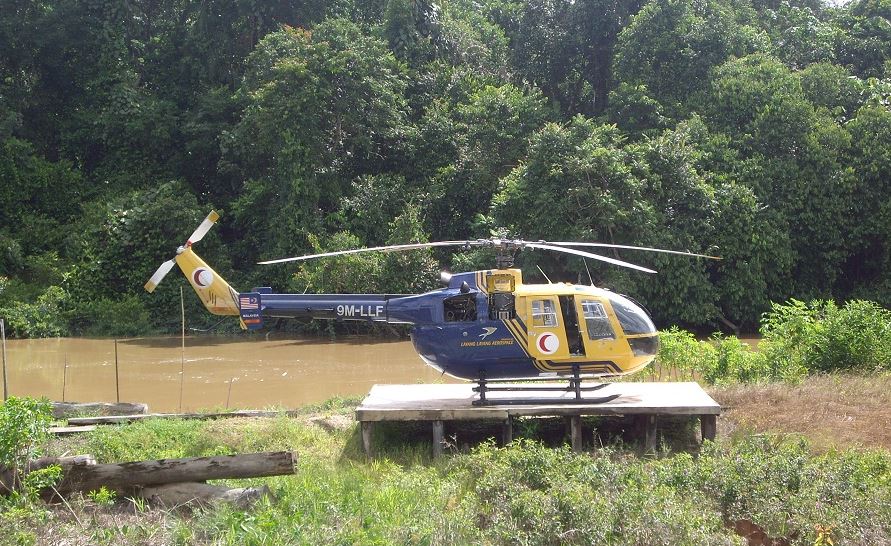
The process for organising a helicopter evacuation is as follows:
- A booking will have to be made and is subjected to availability of the Helicopter. Minimum wait time is 1 hour for the Helicopter to depart Miri.(if available)
- Full Payment has to be made before the flight either by banked into our account or at our Miri office by cash or credit card.(Bank Charges will apply for credit cards.). You’ll have to make the full payment and you can make your claim from your insurance later.
- Our flight hourly rate is RM8,000.00 per hour and RM11.00 for airport tax.
- A 6% GST is applicable to the above amounts.
It will be a matter of the helicopter company ascertaining that it is safe to fly to the relevant location and then flying the casualty to a nominated location, almost certainly a hospital in Miri, Kuching or Kota Kinabalu at least initially. Our staff who will help to coordinate any further stages in the process and ensure that family is informed, unless it is already done so by yourself.
If for any reason the helicopter is unable to fly we will use our many local staff and contacts to coordinate an alternative rescue and treatment regime. This in reality means being taken out of the area by boat and 4×4 to the nearest landing strip and calling in an aeroplane to fly out to Miri or Kuching.
HELICOPTER COMPANIES IN BORNEO
Layang Layang Services
Terminal 2, KKIA Tanjung Aru, 88100 Kota Kinabalu, Sabah, Malaysia.
Haji Kamalrudin Osman
Deputy Ops Manager, Kota Kinabalu Office
Tel: +6 019-8899412/8823636 or +6 088-484919
hageekamalosman@gmail.com
flightops@layangaero.com
Mr Joseph Ling
OPS, Miri office
Tel: +6 019-8493062, +6 085 414199
Mr Chan Chuan Lee, General Manager, Tel: +6 016-8791177
Capt Irwin, Ops Manager, Tel: +6 016-2198080
APPROXIMATE COSTS:
BO 105 RM 8000.00 per hour flight + 6% tax
Twin Engine Helicopter 4 pax or 1 x stretcher + 2 pax
Bell 206
Single Engine Helicopter 4 pax or 1 x stretcher + 1 pax
CRITERIA
Evacuation will be carried out in VMC/day time only
Evacuation subject to helicopter availability
Allowable waiting time at any one station is 1 Hour. Thereafter a rate of RM500.00 per hour or part thereof will be charged.
Night stop charges are RM650.00 for Pilot & Heli per night
The charterer will pay in advance one hour flight time before the commencement of the charter flight.
The Final cost of charter will be calculated upon completion of such flight & the balance shall be payable on presentation of invoice by cash or cheque made payable to Layang Layang Aerospace
Sdn.Bhd.
CO-ORDINATES FOR VILLAGES VISITED ON OUR SARAWAK TRIPS WHERE LANDING FACILITIES ARE AVAILABLE:
Ba Lai NO3 19.330 E115 20.123
1 hour walk at end of logging road and start of trail to village
Long Kerong NO3 17.068 E115 12.881
Has heli landing space next to small medical clinic in village
Long Speigen NO3 13.570 E115 11.884
Main logging road at Long Siut (approx 45 mins downriver) or at a number of sights upriver where there are large flat rice field clearings.
Book Your Adventure of a Lifetime Now
Discover our trips to other Countries
Adventure Alternative Articles
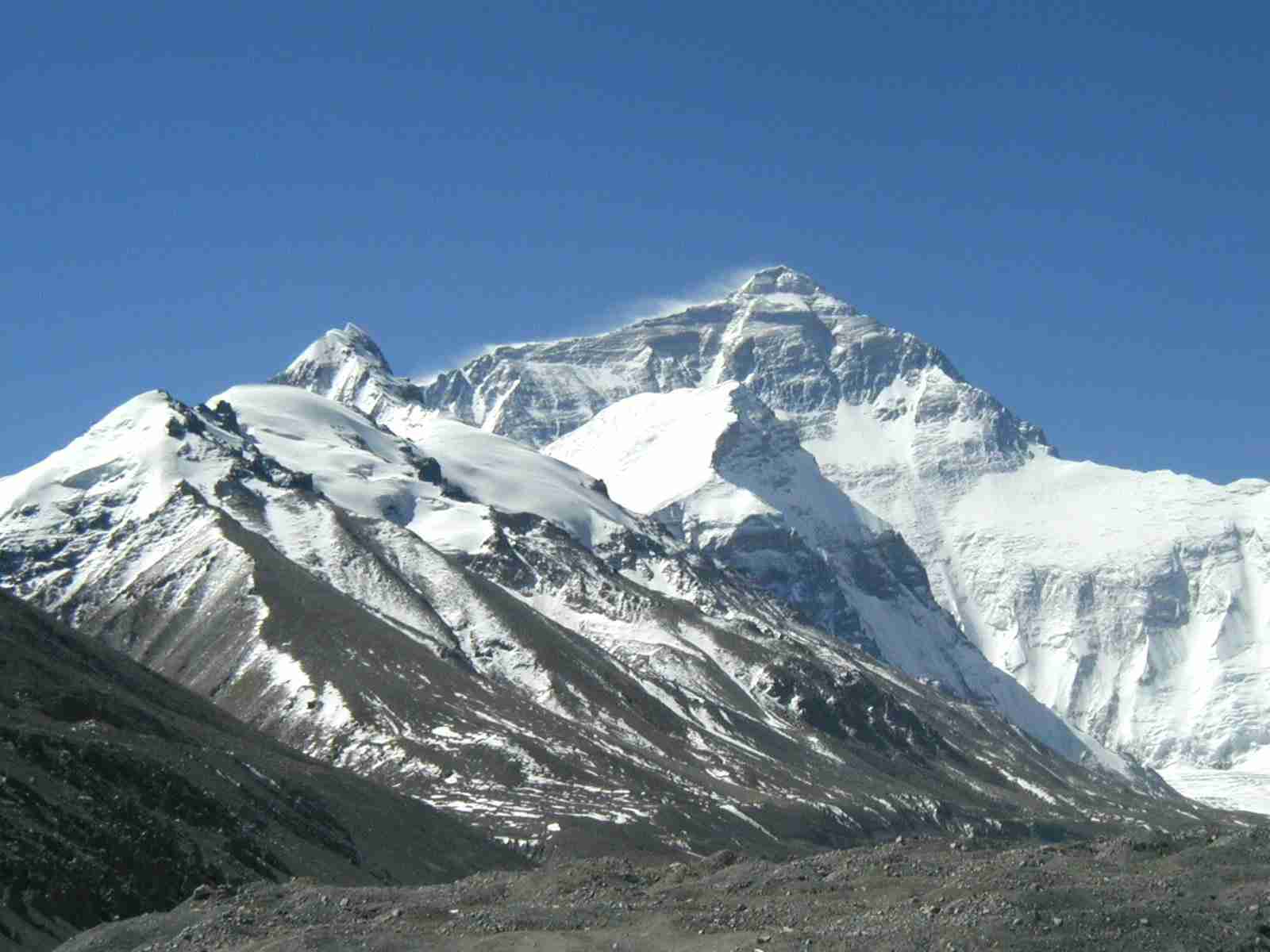
12 MONTHS, 12 MOUNTAINS
Climbing Calendar Ready for World Mountain Day In celebration of World Mountain Day, we've created a calendar for the year to make it easy for...
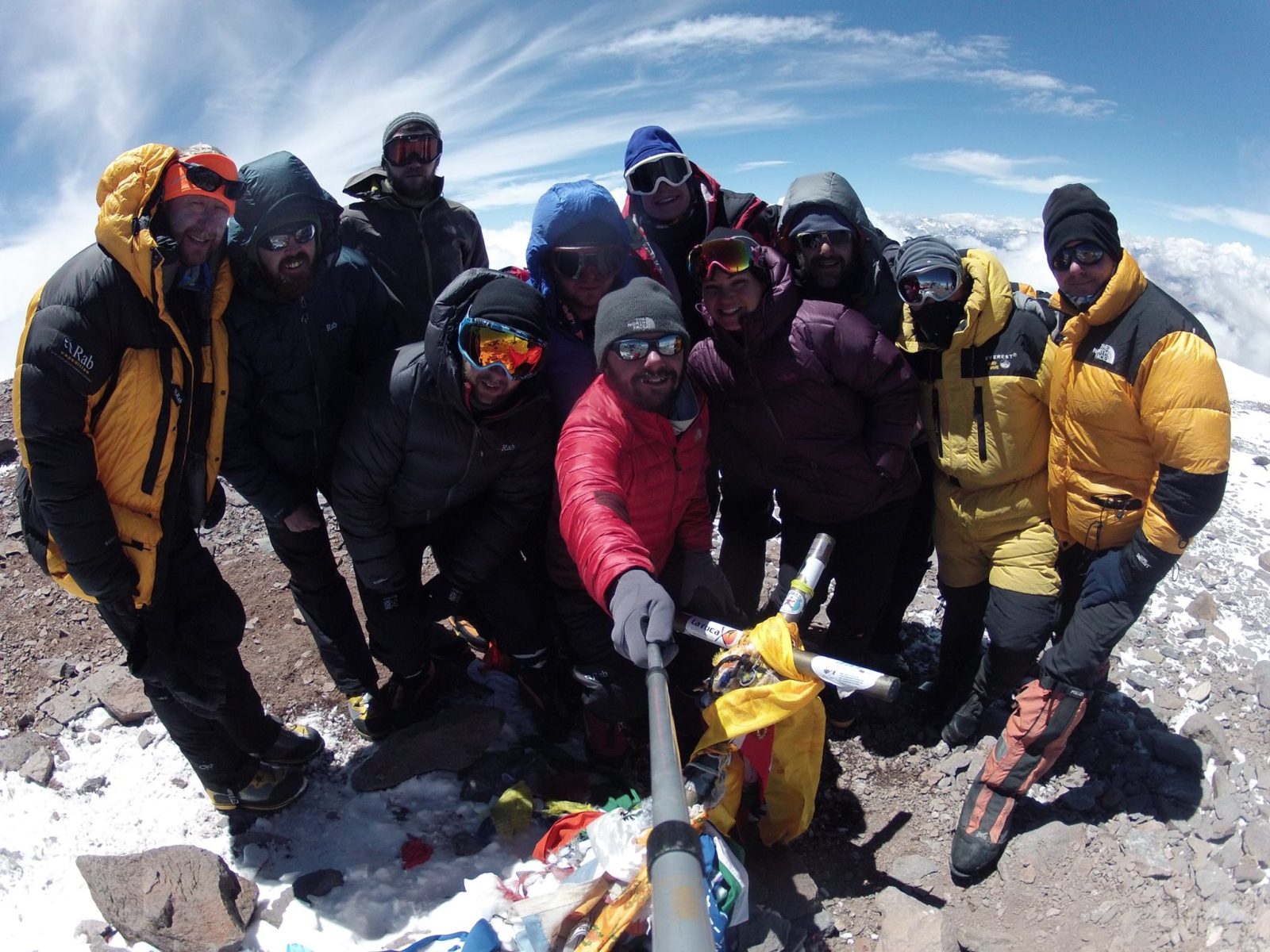
Mount Aconcagua Trip Review
January 2016 This year we had a team of twelve clients from four different countries – Iran, Ireland, England, South Africa and Argentina –...
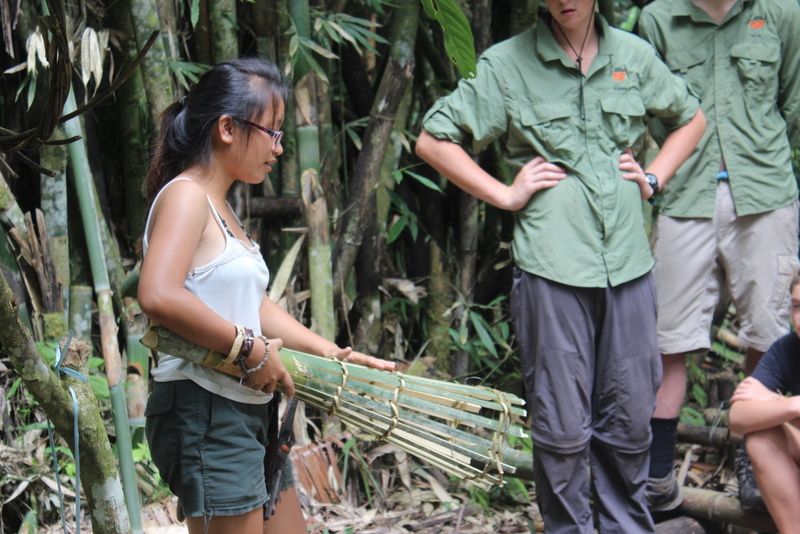
Alcey’s Survival Skills Course at Lupa Masa Jungle Camp
SURVIVAL SKILLS COURSE AT LUPA MASA JUNGLE CAMP | ADVENTURE ALTERNATIVE In celebration of International Rural Women’s Day, we’re talking...